Cross-country skiing has come a long way - from a survival tool to a global sport. Thousands of years ago, people in snowy regions like Scandinavia and Russia used wooden skis to hunt, gather firewood, and connect with others during harsh winters. Fast forward to 1924, and this once-essential skill made its Olympic debut, showcasing its evolution into a competitive sport.
Today, cross-country skiing continues to thrive, blending ancient techniques with modern gear. From traditional long skis to compact designs like Snowfeet*, skiing is now more accessible and fun for everyone. Whether you're chasing medals or just enjoying the snow, this sport's rich history and constant innovation make it a timeless winter activity.
History of XC Skiing
Origins of Cross-Country Skiing: Ancient Survival in Snowy Landscapes
When winter gripped the northern regions under a blanket of snow and ice for months, ancient communities had to get creative to survive. Their solution? Skis. These early tools didn’t just help people move through frozen terrains - they were a game-changer that allowed entire communities to flourish in harsh conditions.
Archaeological Evidence of Early Skiing
Archaeologists have traced skiing back thousands of years. In Russia, skis dating as far back as 8000–7000 BC have been uncovered, marking them as some of the oldest tools for winter survival. Over in China's Altay region, rock paintings discovered in 2005 depict skiers in action, and researchers found "hair skis" - wooden skis with animal fur on the underside for grip. These early designs were so effective that Altay herders still use similar techniques today.
Scandinavia also holds a treasure trove of skiing history. A Norwegian rock carving from around 4000 BC points to the practice being widespread in the region. These discoveries show how skiing evolved across different landscapes, adapting to the needs of the people who relied on it.
Early Ski Designs and Materials
The first skis were all about practicality. Made from pine or birch, they were flat and wide, maximizing surface area to keep the skier from sinking into the snow. In places where wood was scarce, people even turned to bone to craft their skis - a testament to how essential they were for survival.
One standout design comes from China’s Altay region. The "hair skis" used animal fur attached to the underside, with the fur pointing backward. This clever setup allowed for smooth forward gliding while preventing any backsliding - basically, the original climbing skins. Meanwhile, the Sami people in northern Europe created skis specifically for navigating frozen wetlands, showing how designs varied to meet local challenges.
Role in Northern Societies
In the frozen north, skiing wasn’t a pastime; it was a lifeline. It connected isolated communities, made hunting and gathering firewood easier, and allowed people to travel long distances with less effort. Vikings, for instance, used skis to hunt and traverse vast snowy landscapes, giving them a major edge during the winter months.
One of the most famous skiing stories comes from 1206, when two Birkebeiner warriors skied through treacherous terrain to save infant Prince Haakon Haakonsson. This daring rescue is celebrated today in the Birkebeiner race. And the Sami people? They’ve likely been skiing for over 6,000 years, proving just how enduring this technology has been.
The resourcefulness of our ancestors still inspires us today. Modern designs, like Snowfeet*, take cues from these ancient innovations, reimagining skiing for today’s adventurers while honoring its rich history.
The Transition: From Military Use to Competitive Sport
Skiing's journey from a survival skill to a military tool - and eventually a competitive sport - is a fascinating evolution. What began as a necessity for navigating frozen terrains in Scandinavia became a strategic military advantage, ultimately setting the stage for modern skiing as we know it today.
Military Applications of Skiing
In Scandinavia, skiing wasn’t just about getting from point A to point B. By the 13th century, Norwegian forces were already using skis for reconnaissance missions, leveraging their mobility to gain a tactical edge in winter warfare. Finland took things even further, embedding skiing into basic military survival training. In fact, the Finnish military’s emphasis on skiing led to the creation of the first biathlon-like competition in 1767, where marksmanship and skiing skills were combined.
"The Finnish military has incorporated skiing as an integral part of its basic survival training for so long that the creation of the first biathlon-like competition is credited to them in 1767."
Skiing’s importance in military strategy became even clearer during the Winter War (1939–1940) between Finland and the Soviet Union. Finnish ski troops used guerrilla tactics to outmaneuver their opponents, proving the effectiveness of skiing in combat scenarios. Even today, cross-country skiing remains a staple in Finland.
The U.S. military also played a key role in advancing ski technology during World War II. The 10th Mountain Division, which trained around 14,000 soldiers at Camp Hale, was equipped with wooden skis that measured over 7 feet long. Their efforts pushed the development of ski gear to new levels. As Chris Anthony, a historian on the subject, explains:
"The 10th Mountain Division definitely had an impact on the evolution of alpine touring equipment... There was so much money and effort that was devoted to developing ski equipment in a short period of time for the troops because of the war. The Army had to push hard to come up with skis and bindings that would allow the soldiers to go up and down the mountains."
These military advancements didn’t just stay on the battlefield - they laid the groundwork for skiing to transition into a competitive and recreational activity.
The Birth of Competitive Skiing
By the 1700s, skiing was no longer just a military or survival skill - it was becoming a sport. Norway hosted its first organized ski competitions during this time, and in 1843, Tromsø held one of the earliest public ski races, described as a "wagering race on skis". This marked a pivotal moment, as skiing began to shift from a utilitarian activity to a public spectacle.
A major milestone came with the Holmenkollen Ski Festival, first held in 1892. This event combined cross-country skiing with ski jumping, drawing over 10,000 spectators and capturing widespread attention. It wasn’t just a competition - it was a cultural moment that helped propel skiing into the international spotlight. By the early 20th century, the formation of the International Ski Federation (FIS) further solidified skiing’s place as a global sport. The FIS organized its first events in 1925, featuring cross-country and Nordic combined races, setting the standard for modern skiing competitions.
Military innovations didn’t just influence competitive skiing - they also shaped the gear we use today. Modern designs, like Snowfeet* NORDIC Cross-Country Skate Skis, reflect this evolution. At just 35 inches long, these skis offer far better maneuverability than the bulky wooden skis used by soldiers, making them perfect for recreational skiers.
Interestingly, veterans of the 10th Mountain Division went on to found more than 60 ski resorts across the United States. Their expertise in skiing and equipment development directly contributed to the growth of America’s recreational skiing industry. From military necessity to leisure activity, skiing’s transformation is a testament to how innovations born out of practical needs can lead to entirely new forms of enjoyment.
Cross-Country Skiing's Olympic Journey
When cross-country skiing joined the Olympics, it shifted from being a practical survival skill in Scandinavia to a globally recognized sport. This transformation didn’t just elevate the competition - it also sparked major advancements in skiing gear and techniques.
The Olympic Debut in 1924
Cross-country skiing made its Olympic debut at the 1924 Winter Olympics in Chamonix, France. Back then, only men competed, reflecting the norms of the time. This introduction gave the sport a global platform, making it more than just a regional winter pastime. Norwegian athletes, with their deep skiing heritage, dominated the early events, showcasing the skill and tradition they brought to the table.
Key Moments That Shaped the Sport
Over the years, the Olympics have played a huge role in reshaping cross-country skiing. Some standout milestones include:
- The 1952 addition of women’s events, marking a significant step in inclusivity.
- Legendary performances, such as those by Marit Bjørgen, who set records and inspired generations.
- Unforgettable finishes, like the dramatic races at Nagano in 1998 and Pyeongchang in 2018.
Norway has cemented its dominance in the sport, earning an impressive 52 gold, 43 silver, and 34 bronze medals. Sweden follows as a strong contender, with 32 gold, 27 silver, and 25 bronze medals.
One of the most exciting moments in recent history came at the 2018 Pyeongchang Olympics, when Kikkan Randall and Jessie Diggins secured the first U.S. women’s gold medal in cross-country skiing. Their thrilling victory in the team sprint, edging out Sweden by just 0.2 seconds, was a defining moment for the sport in the United States.
Driving Innovation
The Olympics have been a catalyst for innovation in cross-country skiing. From the development of the skating technique to evolving race formats and cutting-edge equipment, the sport has come a long way. These advancements echo the ingenuity of early skiers, who turned simple wooden planks into essential tools for survival.
Today, modern enthusiasts can enjoy the benefits of these innovations. For example, Snowfeet* NORDIC Cross-Country Skate Skis offer a portable and user-friendly alternative to traditional long skis, making it easier than ever to embrace the sport’s Olympic legacy.
sbb-itb-17ade95
Equipment Advances in Cross-Country Skiing
From basic wooden planks to cutting-edge gear, cross-country skiing equipment has come a long way, improving both performance and accessibility for skiers everywhere.
Evolution of Ski Equipment
Cross-country skiing has a rich history that dates back to around 6000 BC. Early skiers relied on uneven wooden skis - one short for kicking and one long for gliding. These early designs were heavy and clunky but essential for survival in snowy climates. Over time, skis evolved with the introduction of cambered and laminated designs, making them slightly more efficient.
The real game-changer came in the mid-1920s with the addition of metal edges, which gave skiers better control on icy terrain. Norway took the lead in ski manufacturing, opening the first ski factory in 1886. By the late 1960s, fiberglass skis had taken over the market, replacing metal skis due to their lighter weight and better responsiveness. Modern skis now incorporate materials like polyethylene, fiberglass, and carbon fiber, making them lighter, more durable, and easier to handle. Meanwhile, bindings have evolved from basic leather straps to advanced systems that enhance both control and safety.
These advancements in materials and design have made cross-country skiing more enjoyable and approachable for skiers of all levels, paving the way for new ideas about ski length and performance.
Why Longer Skis Aren't Always Better
For years, the idea that longer skis meant better performance was widely accepted. But that belief is starting to shift. Research from the 1992 Winter Olympics revealed that reducing friction by just 0.001 could shave about 2 seconds off a skier’s time per kilometer. This focus on speed has opened the door to rethinking ski design.
Shorter skis, for example, offer several advantages. They’re lighter, easier to maneuver, and less demanding to control, making them a great option for beginners or recreational skiers who value ease and enjoyment over racing speeds.
"Short skis are easier to turn on, long skis give more speed. It's also easier to learn to ski on short skis." - Jim Mowreader
Short skis shine on narrow or twisty trails, where their agility makes navigating tight spaces much simpler. For recreational skiing, they add a playful vibe, making quick turns, jumps, and tricks more accessible. These benefits have inspired innovative designs like Snowfeet*.
Comparison: Snowfeet* vs. Traditional Cross-Country Skis

Modern designs like Snowfeet* NORDIC Cross-Country Skate Skis are shaking up the traditional approach to skiing. To understand how they compare, it helps to look at the two main styles of cross-country skiing: classic and skate skiing. Classic skiing mimics a walking motion with a diagonal stride, while skate skiing involves a side-to-side movement similar to ice skating.
Snowfeet* takes the concept of shorter, more versatile equipment to the next level. Traditional skate skis, though shorter than classic skis, are still much longer than Snowfeet*’s compact 90 cm design.
| Feature | Traditional Cross-Country Skis | Snowfeet* NORDIC (90 cm) |
|---|---|---|
| Length | 160–200+ cm | 90 cm |
| Weight | Heavier; harder to carry | Lightweight; fits in a backpack |
| Learning Curve | Requires time and practice | Easy to pick up |
| Footwear | Needs specialized ski boots | Works with regular winter shoes |
| Terrain Versatility | Best on groomed trails | Handles slopes, parks, trails, and even backyards |
Traditional cross-country skiing often requires specialized boots, bindings, and poles, particularly for skate skiing. Snowfeet*, on the other hand, is designed to work with regular winter footwear, cutting down on costs and making it more accessible for casual users.
Mastering traditional cross-country skiing, especially skate skiing, takes time and effort. Snowfeet* offers a more beginner-friendly experience, letting newcomers hit the snow and have fun right away without months of practice.
For today’s winter sports enthusiasts who prioritize convenience, portability, and having fun over competitive performance, Snowfeet* represents a fresh take on cross-country skiing. It keeps the spirit of innovation alive while making the sport more approachable for everyone.
Cross-Country Skiing's Impact on Winter Sports
Cross-country skiing holds the title of being the original snow sport, laying the groundwork for how we approach winter recreation today. From its historical roots to modern equipment upgrades, this sport has left a lasting mark on winter activities. Its influence extends beyond just recreation, shaping both cultural traditions and economic trends in the snowy season.
Cross-Country Skiing in Global Winter Sports
Cross-country skiing isn’t just a sport - it’s deeply woven into the identity of Nordic regions, dating back to the 1800s. As Martin Johansson puts it:
"Since the mid-19th century, cross-country skiing has been perceived as a cultural marker for Nordicness".
This connection helped legitimize winter sports as athletic endeavors and paved the way for their global popularity. Events like the Nordic Games, which began in 1890, showcased skiing competitions, and Nordic athletes dominated early Winter Olympic events, bringing worldwide attention to the sport.
What really sets cross-country skiing apart is its universal appeal. For example, a 170-pound person can burn between 800 and 1,300 calories per hour while skiing. That’s a serious workout! The sport’s gear market reflects its popularity, too. In 2023, the global Cross Country Ski Gear and Equipment market was valued at $5.4 billion and is expected to hit $9.6 billion by 2033, growing at a steady 6.1% annual rate. In the U.S. alone, outdoor recreation spending reached a staggering $788 billion in 2021, with winter sports playing a big role.
One reason for this popularity is accessibility. Unlike downhill skiing, which can require pricey lift tickets and specialized gear, cross-country skiing is a more budget-friendly way to enjoy the outdoors while getting a full-body workout. It’s also a sport that brings people together globally. For instance, in 2017, Norway and China teamed up in a sports agreement, with over 100 Norwegian coaches helping Chinese athletes train in winter sports, including cross-country skiing.
The Future of Cross-Country Skiing
With its deep roots and growing global presence, cross-country skiing is evolving to fit modern lifestyles. It’s becoming increasingly popular as a family-friendly and eco-conscious choice for winter fun. Many people are also blending it with other outdoor activities, making it part of a multi-sport approach to staying active.
Innovations are helping make the sport even more accessible. Take Snowfeet* for example - these compact, 90 cm skis can be used with regular winter shoes, making it easier than ever to try the sport. Cross-country skiing also offers mental health benefits, providing a chance to connect with nature and enjoy peaceful, snowy landscapes. By embracing modern designs and equipment, the sport is reaching new audiences while staying true to its heritage as a cornerstone of winter sports.
The Special Olympics Winter Games have further broadened the appeal of winter sports, creating opportunities for athletes in colder climates. Cross-country skiing’s core values - community, endurance, and connection to nature - continue to inspire new ways to enjoy winter recreation. This blend of tradition and innovation keeps the sport thriving and relevant for generations to come.
Conclusion: Honoring History While Moving Forward
Cross-country skiing has come a long way - from being a survival skill to becoming a sport that connects people with nature and promotes physical well-being. Over time, advancements in gear have made it easier for beginners to get started. For example, research shows that starting with shorter skis can lead to better performance, challenging the old belief that longer skis are always the way to go. Products like Snowfeet* NORDIC Cross-Country Skate Skis, which are just 90 cm long, highlight this shift. They’re designed to provide better control, improved performance, and easy portability.
While snowshoeing might seem like a simpler option for beginners, cross-country skiing offers a more intense and rewarding experience for those ready to take on a challenge.
FAQs
How did cross-country skiing go from a survival skill to an Olympic sport?
Cross-country skiing has its roots as a survival tool in snowy regions, especially in Scandinavia. Back then, it was all about practicality - helping people hunt, travel, and transport goods through harsh winters. But as time went on, it shifted from necessity to enjoyment, eventually becoming a recreational pastime and competitive sport. Organized races started popping up in the 19th century, marking the beginning of its evolution into a global sport.
The big moment for cross-country skiing came in 1924 when it was included in the first Winter Olympics. This put the sport on the world stage, highlighting the incredible endurance and skill it demands. Over the years, advances in ski technology and a growing love for winter sports helped solidify its place as a key Olympic event. Fast forward to today, and modern innovations like Snowfeet NORDIC Cross-Country Skate Skis* bring a portable, sleek twist to this age-old activity, making it accessible and exciting for everyone, from beginners to seasoned pros.
How do Snowfeet* cross-country skate skis differ from traditional cross-country skis?
Traditional vs. Snowfeet* Cross-Country Skis
Traditional cross-country skis are the classic choice for gliding over snowy landscapes. They’re long, narrow, and lightweight, making them perfect for efficiency and speed. But there’s a catch - they require specific boots and bindings to work properly. This setup is great for dedicated skiers but can feel like a hassle if you’re just looking for something simple or more versatile.
Enter Snowfeet* cross-country skate skis. These modern marvels are a game-changer. At only 90 cm long, they’re compact, lightweight, and super easy to carry around. Plus, you don’t need special boots to use them - your regular footwear works just fine! Whether you prefer skating or classic cross-country techniques, these skis have you covered. They’re ideal for casual skiers or anyone who wants gear that’s practical, portable, and fits seamlessly into an active lifestyle.
How has cross-country skiing shaped the development of other winter sports?
Cross-country skiing has long been at the heart of winter sports, shaping activities that demand endurance, strength, and full-body coordination. As one of the oldest snow sports, it’s been a driving force behind advancements in techniques and gear, leaving its mark on disciplines like biathlon, ski mountaineering, and even casual snow adventures.
Today, this legacy is alive and well with modern gear like Snowfeet’s Nordic Cross-Country Skate Skis. These compact skis bring a fresh twist to traditional cross-country equipment. They’re lightweight, portable, and designed to make the sport more approachable and fun. Whether you’re a seasoned skier or just starting out, Snowfeet’s gear offers an exciting way to dive into the world of winter sports without the bulk of traditional skis.














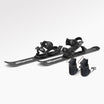






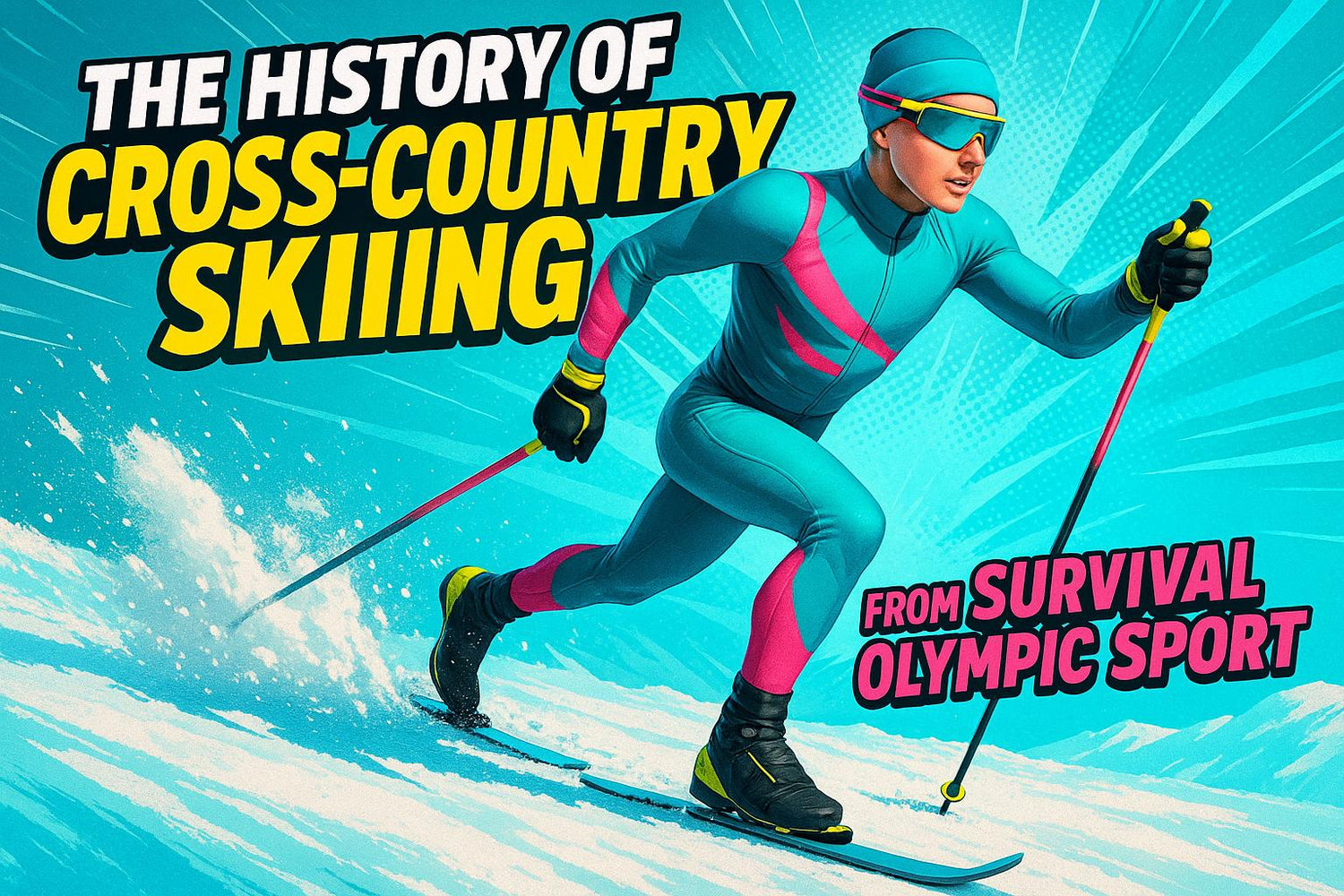

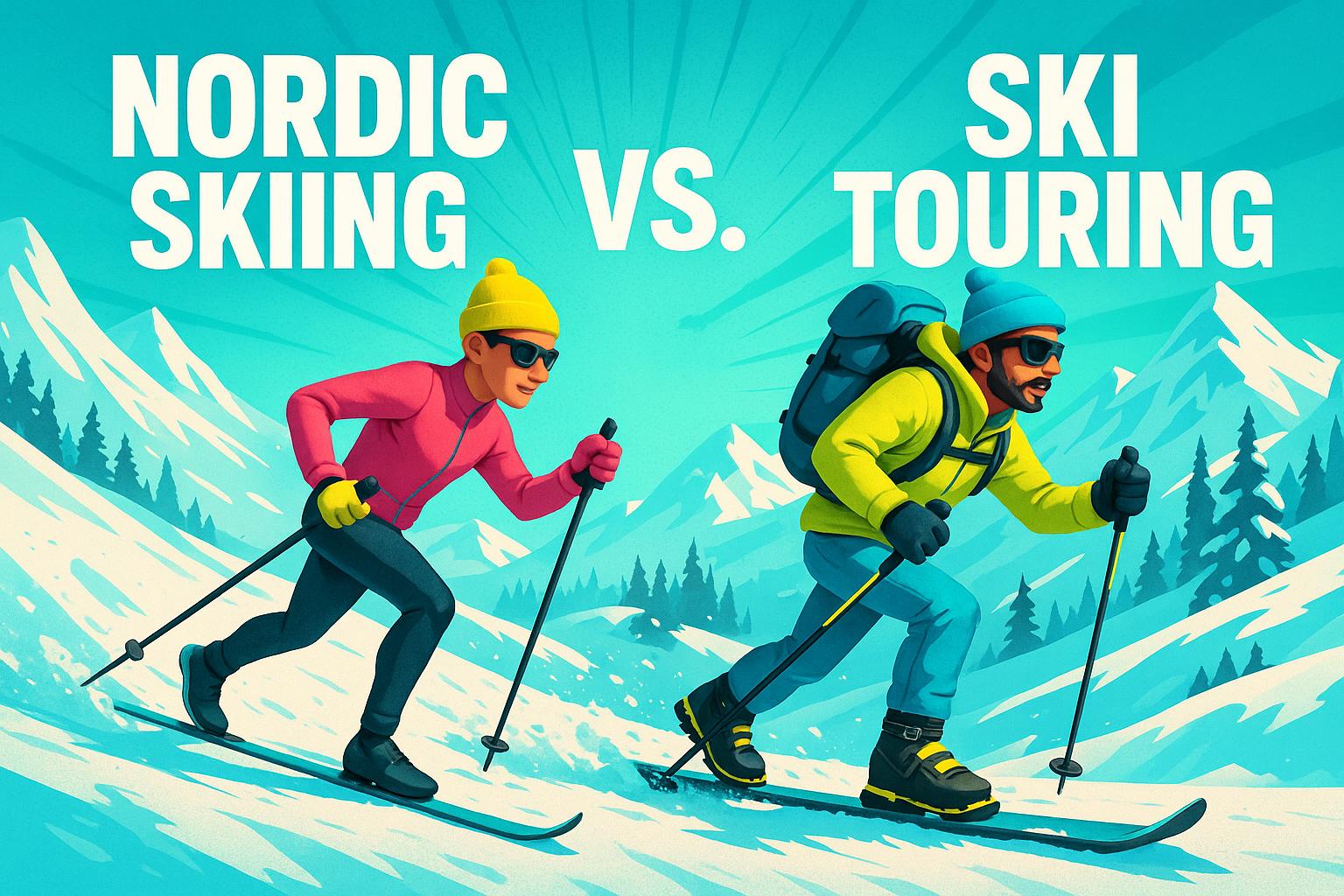







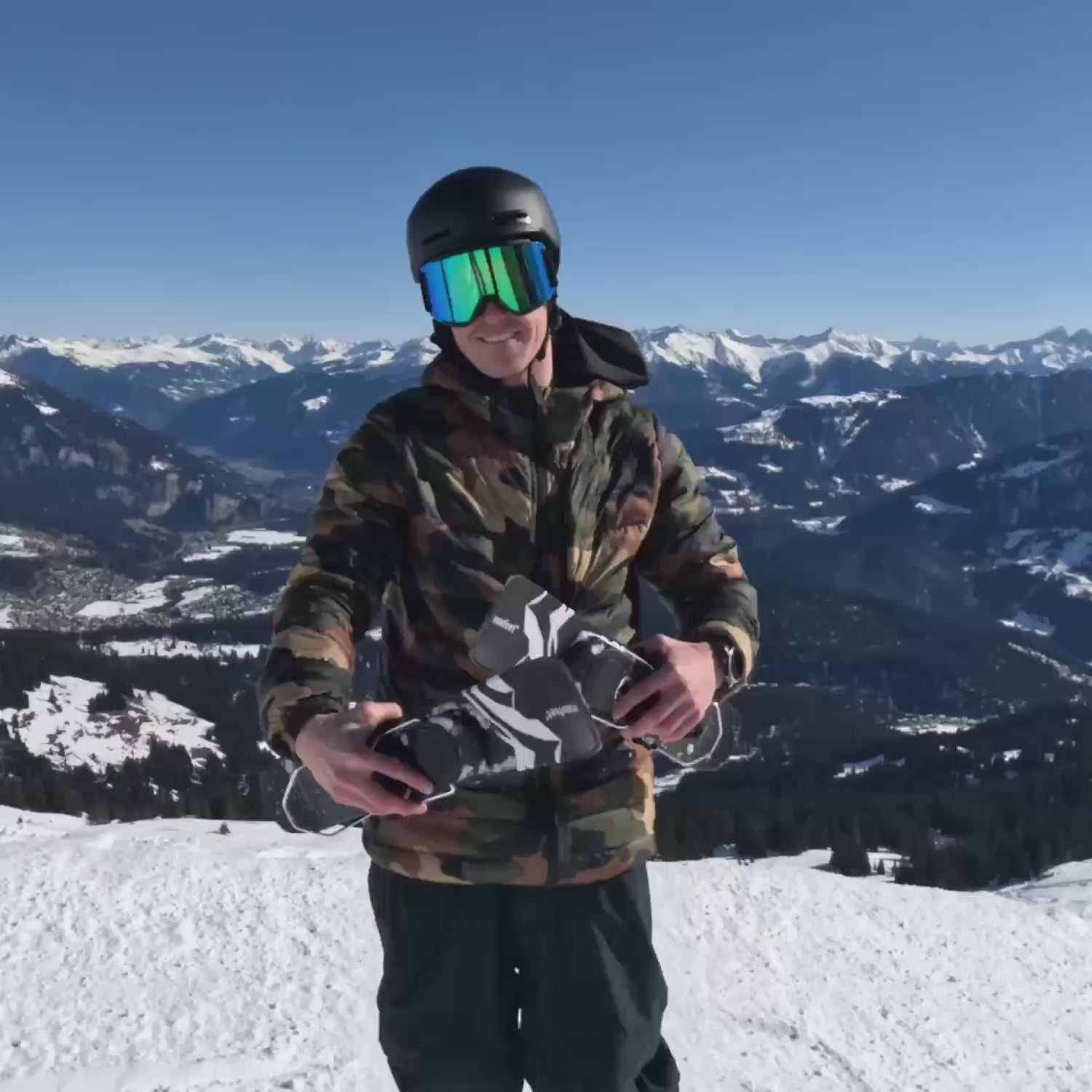

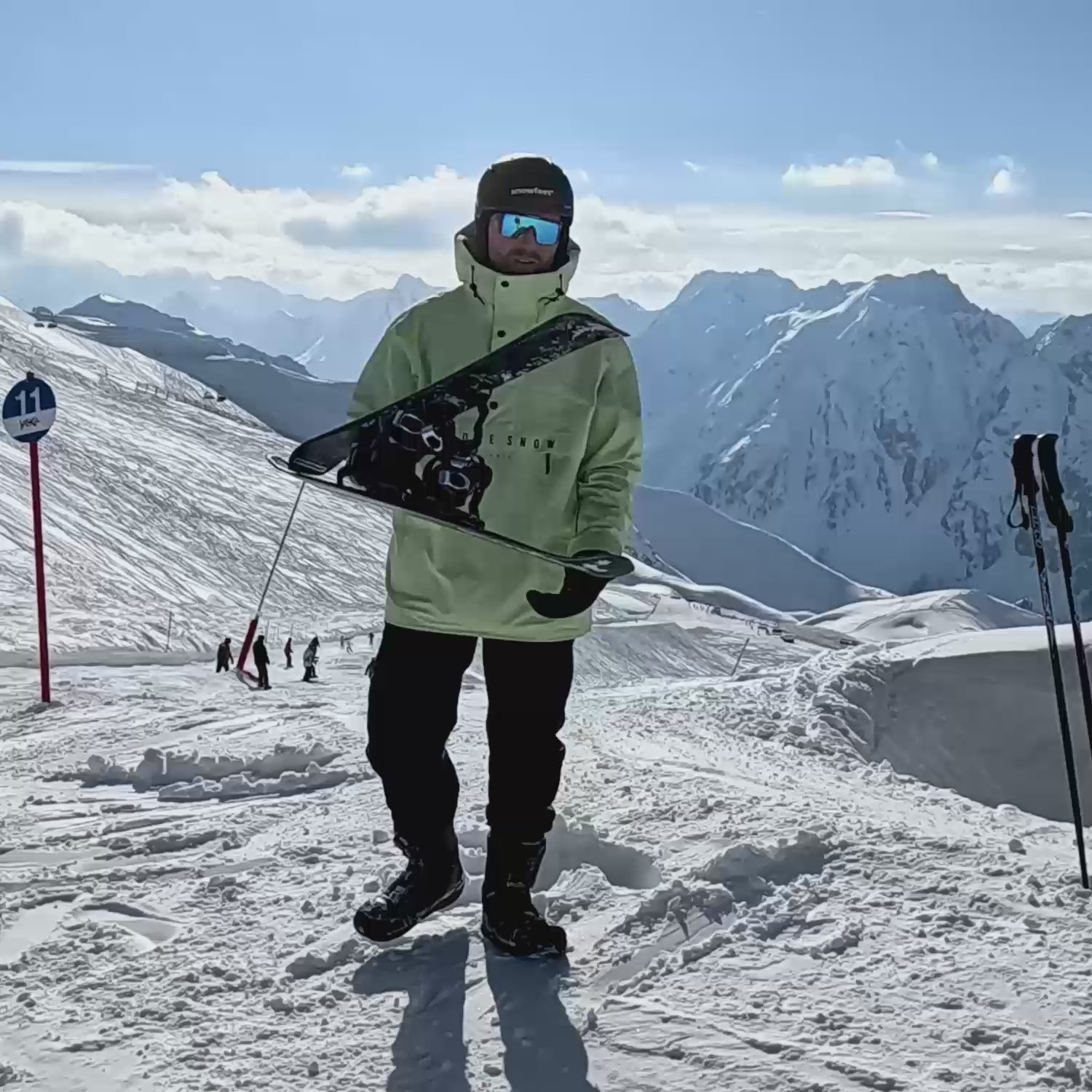
Leave a comment
This site is protected by hCaptcha and the hCaptcha Privacy Policy and Terms of Service apply.